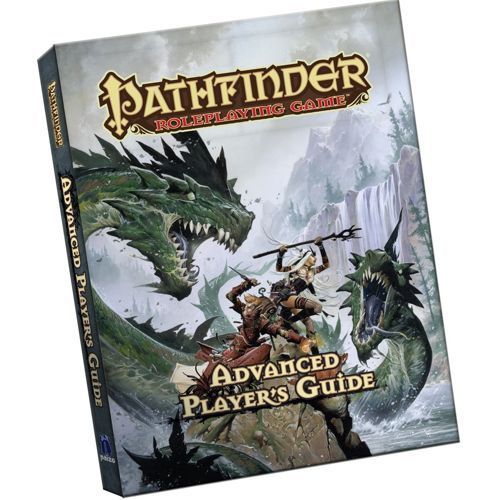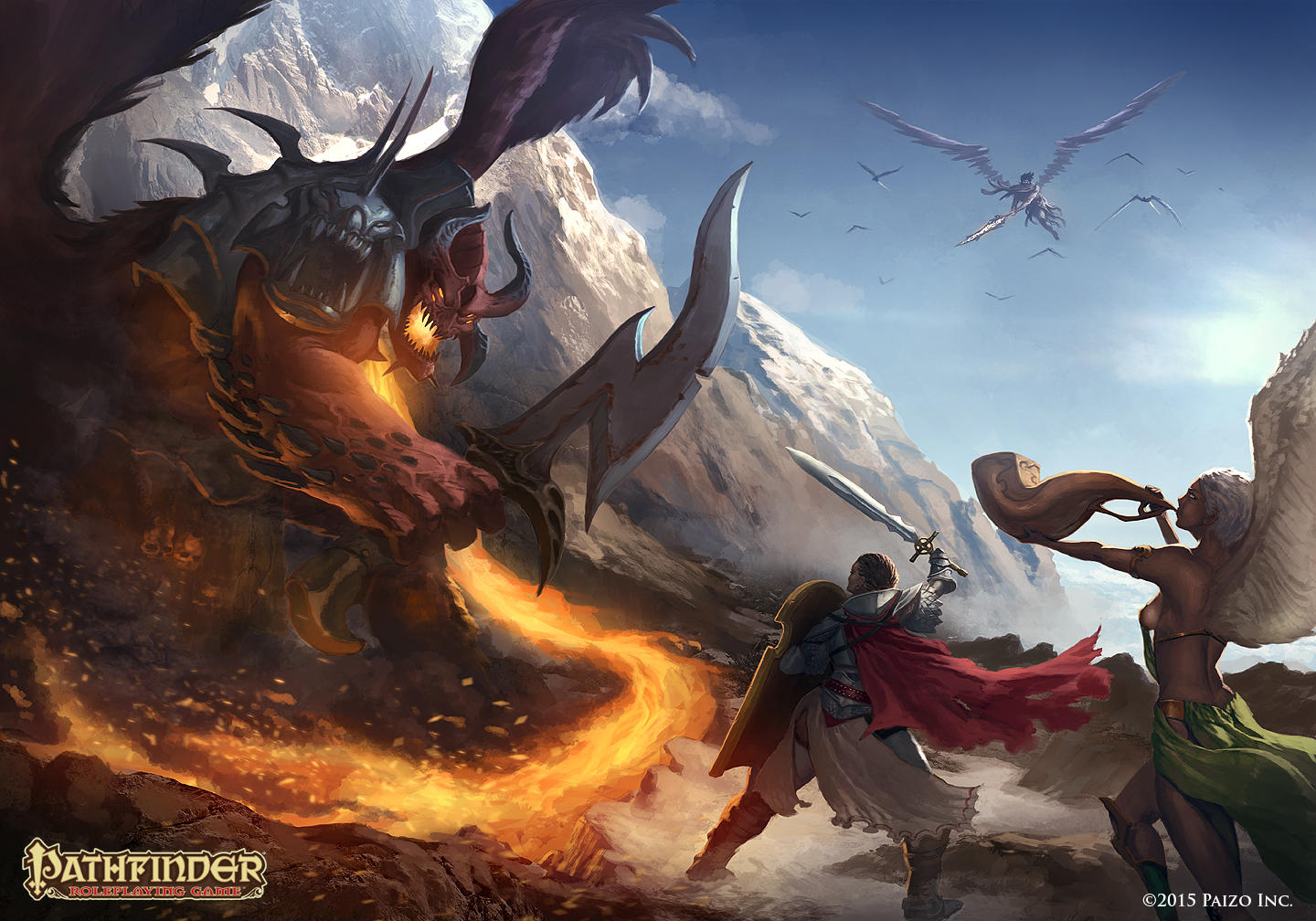
The formality of the labeling is greater than usual, but this is mostly the usual concepts of not adventuring, adventuring but not in combat, and in combat. The more detailed mechanical framework to be applied varies between the fairly formally divided downtime, exploration, and encounter modes. There’s a +2 bonus for each level of training, so at 1st level there’s a +3 difference between trained and untrained, but that gap widens. Additionally, a character can exceed just being trained, and can be an expert, master, or legendary at …. So for anything a character is at least trained at, they automatically improve at every time they level up. If a character is trained at all, then they get to add in their level. If a character is untrained at a roll, their proficiency bonus is +0. Proficiency is a very broad concept that sweeps up a variety of notions that used to be distinct – skill modifiers, base attack bonus, saving throw bonuses, armor class bonuses, etc. The most common modifier that will be applied to the d20 roll is proficiency. Most spells and actions have specified effects for critical results.

That’s standard, but in Pathfinder 2E you can also get a critical success (or failure) if you exceed the target number by 10 or more (or fail by 10 or more). A natural 1 might be a critical failure (depending on the roll). The fundamental mechanic for Pathfinder 2E is at it has always been – roll a twenty-sided die (d20), apply modifiers, see if that’s good enough to meet or exceed a target number (referred to as a Difficulty Class, or DC). You can see the generic fantasy underpinnings, but the final result is never generic – the nations, the gods, the classes, and the monsters all have a place in the world and their own flair. So the Pathfinder 2E core book has about 250 pages of character options (not counting equipment and spells). From a narrative and storytelling standpoint, Pathfinder’s very first products were some really great campaigns (such as Rise of the Runelords and my favorite, Curse of the Crimson Throne), and I think that this really contributes to the why Paizo has done such a good job of infusing flavor and specificity into the world of Golarion (that’s the name of the world the setting as it exists now is labeled the Age of Lost Omens). Mechanically, the current Dungeons & Dragons (5E) is a more streamlined experience, while Pathfinder excels at providing lots of options and the ability to customize (both are great, great games just different takes on the genre). There are obvious parallels to that other fantasy roleplaying game, and there’s a reason – the original Pathfinder arose out of a prior iteration of Dungeons & Dragons. Pathfinder is a fantasy roleplaying game, with the basic paradigm of assembling a party of dwarven clerics, human fighters, elven wizards, gnomish rogues, and so forth adventuring for glory and justice leveling up and getting better gear and then doing it again next week. There will be a lot of section headings, if you want to skip around to the particular parts you want to check in on. There will be some foundational material, but it will also call out many of the particular changes as they come up. This review is aimed both and newer players, and at those who are already familiar with the first edition of Pathfinder. At the same time, there’s a standardization of approach and phraseology that makes it easier to grok how leveling up works, while still preserving the distinctiveness of what each class actually does. Character creation and advancement remains loaded with options – just reading the book makes me want to engage in the (admittedly silly) exercise of sitting down and planning out all the cool things to take with a character up through level 20. It preserves the style and feel of the original (although existing players will have to get used to the new action economy and lack of attacks of opportunity), while polishing rough edges and making a broader array of tactical options viable. Pathfinder Second Edition does not disappoint. So I was pretty excited to delve into my review copy of the new core book. And there is a lot of core book – it weighs in at an impressive 638 pages (Paizo does not scrimp on the page count). And then make it my #1 “ Game to Take Home From Gen Con 2019.” There’s just a certain level of excitement at a new version of a great game that you’ve gotten many, many hours of fun out of over the years.

This year, it was easy for me to pick Pathfinder Second Edition as my most anticipated game. Every year we record a pre-Gen Con episode of the Strange Assembly podcast where we talk about our most anticipated games for the coming convention.


 0 kommentar(er)
0 kommentar(er)
